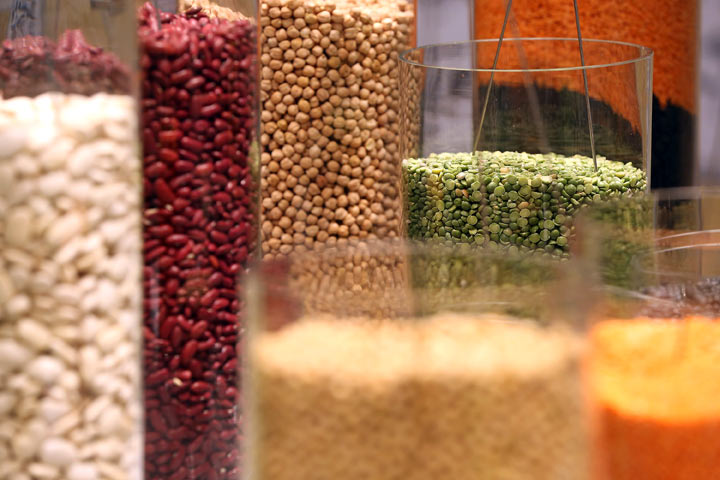SASKATOON – At a recent dinner party, Carol Henry served up delicious homemade meatballs, but even a guest described as a “diehard meat eater” didn’t know the dish was made with pulses. “His wife said, ‘You know that’s not meat.’ He said ‘Oh, it’s tastes like meat,’ and he enjoyed it,” Henry said, laughing.

Protein-packed pulses have been popping up on more menus since the United Nations declared 2016 the International Year of Pulses – and that’s exciting to nutritionists like Henry.
READ MORE: Saskatchewan brewery introduces lentil-based beer
Henry is the assistant dean of nutrition at the University of Saskatchewan in Saskatoon and was marking Pulse Feast Day on Wednesday. She says more people should eat chickpeas, dry beans, dry peas and lentils.
“These are a very critical part of the general food basket,” said Henry.
“They are a vital source of plant-based protein and amino acids and they should really be eaten as part of a healthy diet.”
Pulse Canada says Canada is the world’s largest producer and exporter of dry peas and lentils, shipping to more than 150 countries each year. Pulse exports were valued at more than $3 billion in 2014.
Most came from Saskatchewan.
The Saskatchewan Pulse Growers’ says the province produced more than 95 per cent of Canada’s lentil and chickpea crop, and nearly two-thirds of its pea crop in 2014.
In its crop outlook issued Dec. 18, Agriculture Canada said India, Bangladesh and China remain Canada’s top three markets for dry peas.
India, Turkey and Egypt are the top export markets for lentils. The department says lentil exports are forecast to increase to a record 2.4 million tonnes.
The United States and the European Union are forecast to remain the main markets for Canadian dry beans, while the U.S. and Pakistan are expected to be the leading markets for Canadian chickpeas.
But Henry says Canadians aren’t eating much pulse at home.
“Pulse, like chickpeas, lentils and so forth, for the longest while was considered the poor man’s meat,” she said.
“But now that we have gotten into the increasing emphasis on reducing chronic disease, such as obesity, coronary heart disease and so forth, there has been renewed interest in promoting pulse, not just in developing countries, but also in the developed countries like Canada.”
Henry says people should consider pulses as alternative proteins, which might be easier on their wallets as meat prices are expected to increase.
She says, for example, that pulses could be included in meatball recipes with meat and that would reduce how much meat is needed.
“We look at meat as a protein. We are just now beginning to say we have to look beyond that.”

Comments